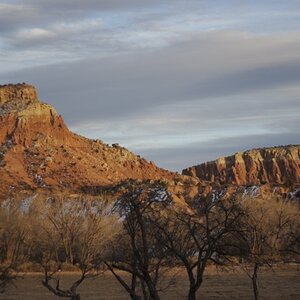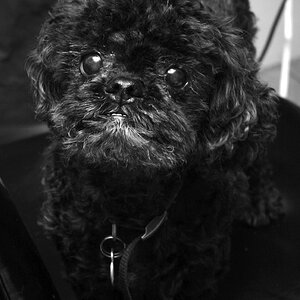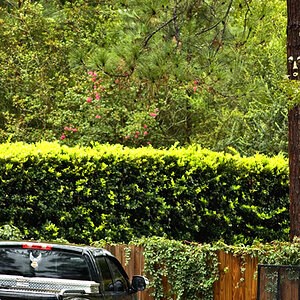NateClark
TPF Noob!
- Joined
- Jun 21, 2013
- Messages
- 2
- Reaction score
- 0
- Location
- NY
- Can others edit my Photos
- Photos NOT OK to edit
Hi there, this is my first post. You guys have a great forum here.
I'm researching canon macro lenses for purchase. FWIW, my photography knowledge is limited; I've used a point and shoot for years at work and have only recently begun using a loaner digital SLR for macro photography. My photography vocabulary is limited, for that I apologize in advance.
The lens I'm currently using is an EF-S 55-220mm 1: 4-5.6 IS. It has it's place and I like it, however, my workspace dictates a second lens which will allow me to get closer to my subject.
Any recommendations for a lens that (in order of my priorities):
1. can get close to my subject; 1' or closer
2. keep the same aperture opening (or better) as my current lens (5.6?)
3. has auto focus
4. has image stabilization
5. take a larger image than my current lens (1:1?)
If it matters, I'm currently using a canon EOS rebel ds126181, which I think is 12.2 mega pixels and I am planning on moving to a new canon digital slr (I'm contemplating the EOS T3i 18 MP Camera). Ideally, the new lens would be compatible with the T3i. I am guessing that my criteria #3 may be negated by the new camera's increase in mega pixels.
Some background info. I fix guitars for a living and my repair work is what I'll be shooting with the new lens. Some of my subjects are quite small; the size of a pea but most photos are a little larger. My workspace is optimized for efficient workflow which means my tripod needs to be very close to my workbench and I have limited lighting. Most of my photos are for my website but some are for my regular column in a trade journal.
I'm researching canon macro lenses for purchase. FWIW, my photography knowledge is limited; I've used a point and shoot for years at work and have only recently begun using a loaner digital SLR for macro photography. My photography vocabulary is limited, for that I apologize in advance.
The lens I'm currently using is an EF-S 55-220mm 1: 4-5.6 IS. It has it's place and I like it, however, my workspace dictates a second lens which will allow me to get closer to my subject.
Any recommendations for a lens that (in order of my priorities):
1. can get close to my subject; 1' or closer
2. keep the same aperture opening (or better) as my current lens (5.6?)
3. has auto focus
4. has image stabilization
5. take a larger image than my current lens (1:1?)
If it matters, I'm currently using a canon EOS rebel ds126181, which I think is 12.2 mega pixels and I am planning on moving to a new canon digital slr (I'm contemplating the EOS T3i 18 MP Camera). Ideally, the new lens would be compatible with the T3i. I am guessing that my criteria #3 may be negated by the new camera's increase in mega pixels.
Some background info. I fix guitars for a living and my repair work is what I'll be shooting with the new lens. Some of my subjects are quite small; the size of a pea but most photos are a little larger. My workspace is optimized for efficient workflow which means my tripod needs to be very close to my workbench and I have limited lighting. Most of my photos are for my website but some are for my regular column in a trade journal.


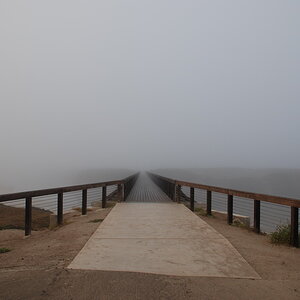
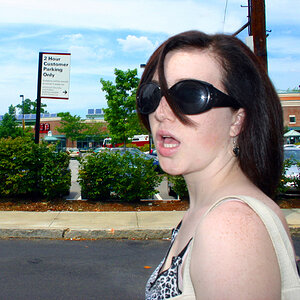
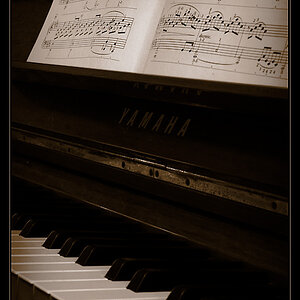
![[No title]](/data/xfmg/thumbnail/35/35263-86f580cf5d28d23109a45984030a79ad.jpg?1619736968)
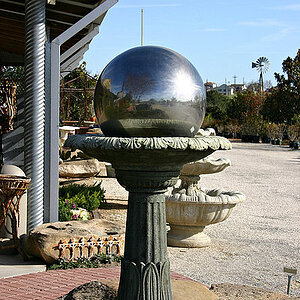
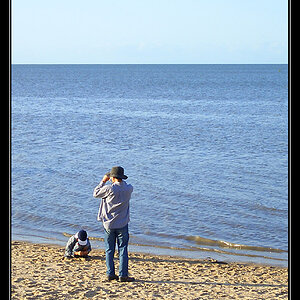
![[No title]](/data/xfmg/thumbnail/35/35270-a66987e049fb56c03e604b4c77910b81.jpg?1619736972)
